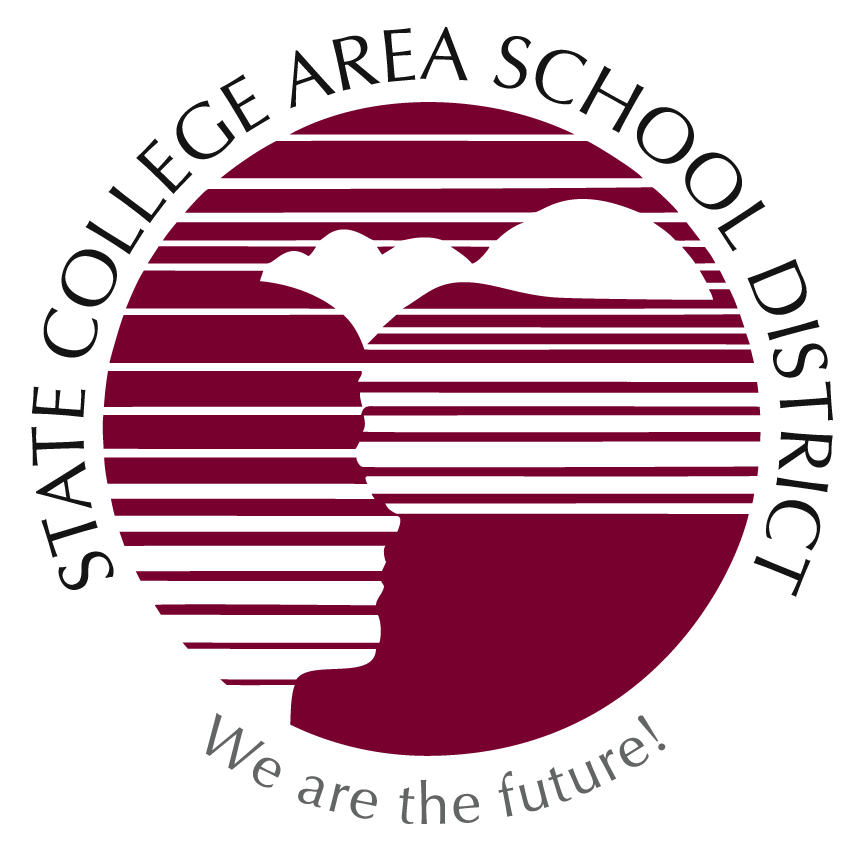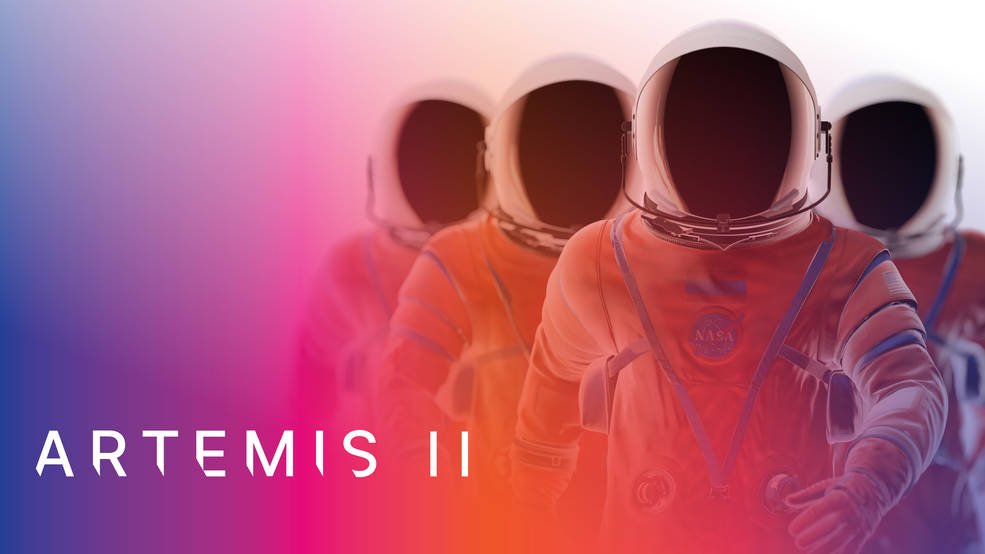Artemis is the next generation of space flight taking humanity back to the moon, and after a successful flight test of Artemis 1. NASA is ready to announce a crew for Artemis ll (Artemis 2.) The astronauts will be announced during a press conference next month in April. But for now let's look at who they could be.
An international seat
NASA is sending a crew of four astronauts on the Orion spacecraft back to the moon next year. The spacecraft will do a quick 10-day mission, 3-4 days to get to the moon, 2 days to swing around it, and 3-4 days to come back. So compared to the mission on the ISS which can last up to 6 months, it is a small leap. But it will be the first time we go beyond Earth's orbit in 50 years. We know that 3 of the 4 astronauts will be American, but one of them will be a Canadian astronaut.
NASA has promised the Canadian Space Agency (CSA) a seat on the moon on this mission. This will be the first time an international astronaut will ride to the moon.
Women and People Of Color
NASA has also promised that Artemis will take the first woman and the first person of color to the moon. So we could expect to see a woman on this mission and or a person of a different race. Back in the Apollo missions all of the astronauts that went to the moon were white men, but now 50 years later we would expect to see that the moon will be open to everyone.
The Positions and how NASA picks a crew
Orion can carry up to 6 people, but for its frist human flight, it will be carrying a basic crew of four. We do know that there will be a “lead astronaut” or the commander of the mission. But other than that NASA hasn’t released anything about the other crew member's position, they marked TBA (To be Announced.)
When NASA is looking to choose a crew for a mission as important as something big like this, they must choose wisely. NASA normally picks astronauts that have experience. They have done this several times throughout history. Back on Apollo 8, the first mission to orbit the moon, two of the three astronauts, Jim Lovell and Frank Borman had 2 weeks of flight experience. On Apollo 11, all of the astronauts were veterans of one space flight. More than half of the people who repaired the Hubble Telescope were experienced. So it is to be expended that NASA will pick at least one experienced astronaut to fly on this mission.
Whoever NASA may pick, the astronauts onboard will kick off a new generation of space flight.

